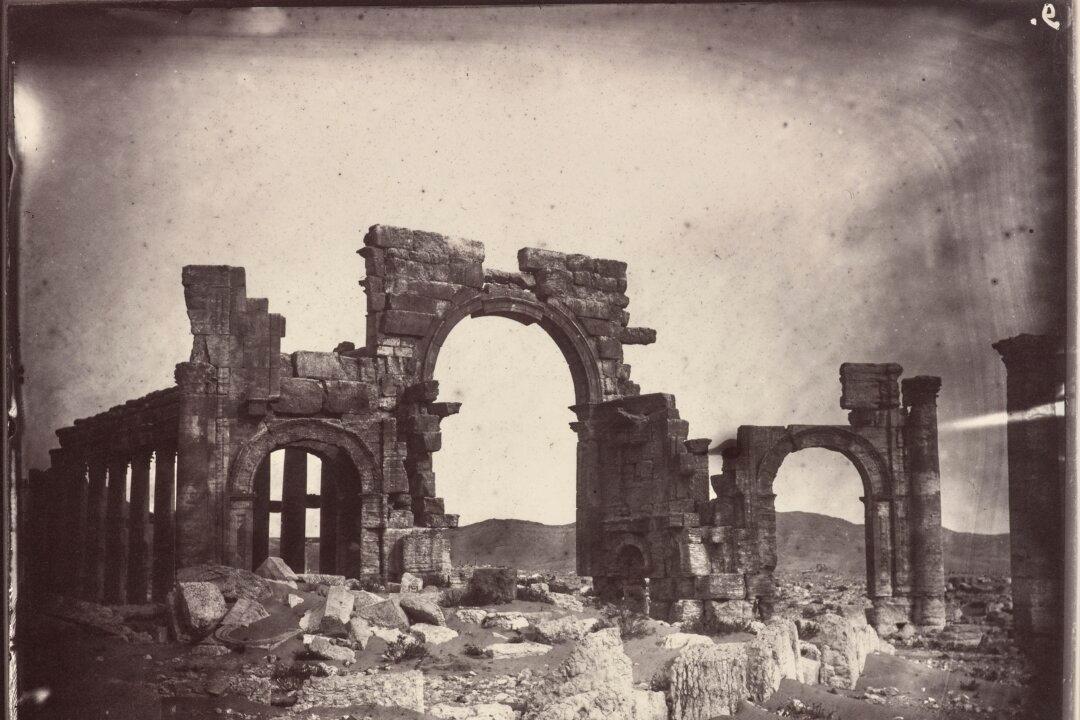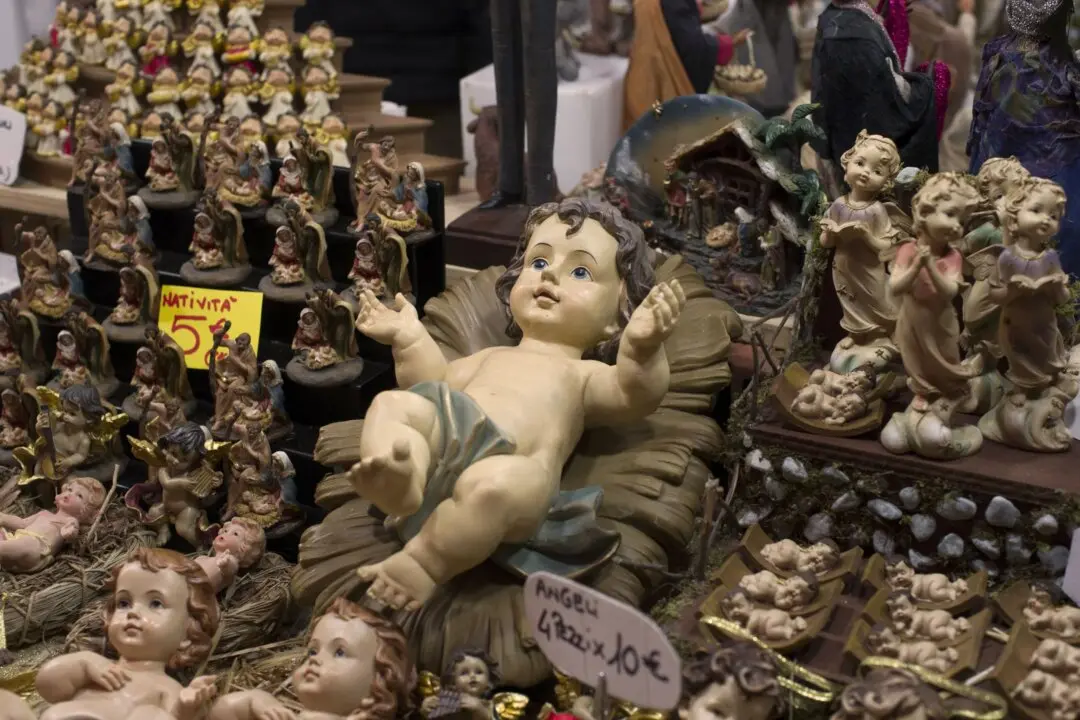But challenge can be the birthplace of creativity.

Monumental Arch, 1864, by Louis Vignes. Albumen print. The Getty Research Institute
|Updated:
Lorraine Ferrier writes about fine arts and craftsmanship for The Epoch Times. She focuses on artists and artisans, primarily in North America and Europe, who imbue their works with beauty and traditional values. She's especially interested in giving a voice to the rare and lesser-known arts and crafts, in the hope that we can preserve our traditional art heritage. She lives and writes in a London suburb, in England.
Author’s Selected Articles





